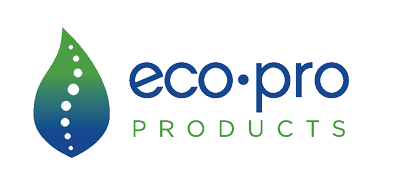We’ve crunched the numbers, and no matter how you slice it, PT Clinics do a ton of laundry every year.
Environmental Impact #1: Releases Microfibers into The Water
The average washing load can release over 140,000 microfibers from polyester-cotton blend fabrics (the average fabric used in cloth pillow cases) into the environment. Those fibers get drained from your laundry machine into rivers and tributaries, eventually making their way into larger water sources including oceans and lakes.
Microfibers are microscopic bits of fabric and plastic that are invisible to the naked eye. Once in the water, these “invisible” microfibers integrate into the aquatic environment, eventually working their way into the food source and up to the food chain to the larger fish populations that we consume. If that’s not enough to make you worry, if microfibers are released into the lakes and rivers, they can also end up in any drinking water piped from those resources.
Environmental Impact #2: Manufacturing the Fabric
On average, making 1kg of fabric generates 23kg of greenhouse gas emissions. For those who didn’t grow up on the metric system, 1kg of clothing is equivalent to around 3 t-shirts, or a pair of heavy denim jeans. This is just the making of the fabric, once you start manufacturing the fabric into a finished product (and then shipping that product to stores in clinics) the greenhouse gases produced grow considerably.
Environmental Impact #3: Laundry Detergent Runoff
On top of the microfibers being released, refuge water from your clinic’s washing machine may also be loaded with pollutants from the detergent being used by clinic officials. Depending on the type of detergent being used, the pollution might not be that damaging (specifically if your clinic is using biodegradable, no-phosphorous detergents).
However, if your clinic uses detergents with phosphorous, or other harmful ingredients, those chemicals can leach into the aquatic environment and have a devastating impact on the food chain and marine life. Here’s how:
• Phosphorus gets into the water source
• Phosphorus sparks a growth spurt of Algae
• The Algae grow, then rot and die, draining oxygen from the water
• As the oxygen leaves the environment, dead zones are created
• These dead zones can’t support ocean life, so fish populations migrate or die off
Hey, we’re physical therapists too, we know that no matter what your clinic is going to have to do SOME laundry. However, we believe that by making smarter, more eco-friendly decisions you can lessen the environmental impact your clinic has on the environment (and cut back on the amount of laundry you must do!). And at the end of the day, don’t we all want to do something else with our time than tending to the laundry?
We know we do.
